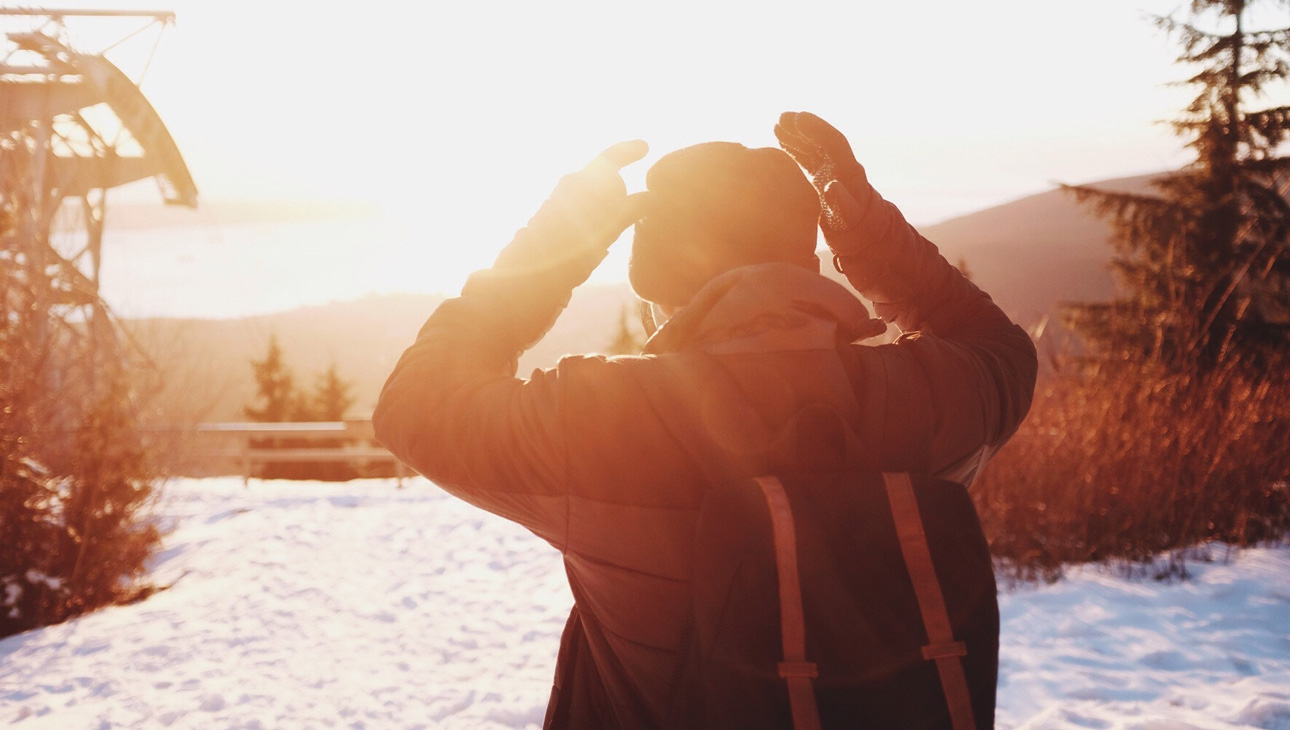
Perhaps one of the most enjoyable ways to exercise is in the great outdoors, whether it’s walking, hiking in the countryside, swimming, cycling or even skiing down a snowy mountainside. Fresh air and the changing scenery can help you get more enjoyment out of exercise, experts say. However, exposure to the elements can also have a surprisingly significant effect on how our eyes feel.
Dry eyes, watery eyes and irritation are common symptoms when exercising outdoors, which are usually associated with the following factors:
But there’s no need for these to prevent you from enjoying your time outside. With a bit of awareness and preparation, you can protect your eyes and enjoy your favourite outdoor activities.
It’s the one rule everyone should follow. While it may sound obvious, it often gets forgotten.
Remember, even the briefest of glances while you run to catch the ball or line up your next tennis serve can contribute to eye damage. Where possible, try to avoid scenarios where you (or others) are forced to play or face into the sun for a prolonged period of time.
A reliable pair of sunglasses is essential for summer sports. They’ll protect your eyes from strong sunlight, as well as debris or insects. Look for sunglasses that have at least a ‘UV 400’ rating, which covers you against UVA and UVB rays.
If you’re a keen outdoor swimmer, you’ll not only be dealing with sunlight but also reflections. Invest in a pair of goggles with UV protection to shield your eyes from the sun as well as irritants in the water.
The same rules apply for winter sports like skiing and snowboarding. Even on cloudy days the mountains can be incredibly bright, with UV rays. A good pair of goggles or sunglasses are essential and will protect against snow blindness.

As one of the best ways to protect against overhead glare, wearing a hat can help you avoid sore eyes and headaches from exercising outdoors.
Whether you’re rowing, running or playing rugby, a hat is an essential accessory if you’ll be exposed to bright sunlight for an extended period of time. If you can, schedule these activities before 11am and after 3pm, to avoid the sun at its most intense.
With so many different types available, it can be difficult to know where to start when choosing the right sun protection for you.
It’s a good idea to steer clear of oil-based sunscreen, which can mix with your sweat and get into your eyes. Sweat-proof and water-resistant sunscreens are great choices for exercising outside, ensuring your skin stays protected whatever you’re doing.
Just as your body needs the right fuel to exercise, your eyes need the right nutrients to stay healthy. Eating a balanced diet with plenty of fruit, vegetables and protein can help you do just that, reducing your risk of of developing cataracts and age-related macular degeneration (AMD).
As a rule of thumb, keep your meals colourful and avoid routinely eating the same foods week in, week out. That way, your eyes will be well prepared to tackle the additional challenges that come with exercising outside.
From long-term investments like a healthy diet, to immediate actions such as buying the right accessories, there are plenty of ways you can protect your eyes outdoors. Taking preventative measures now means you’ll be able to continue enjoying outdoor activities without risking future damage.
Read our advice for dealing with the colder months – from low temperatures to long nights.
Don’t let hay fever ruin your day – learn more about the condition and get tips to soothe your eyes.
Everything you need to know about maintaining great eye health with contact lenses.